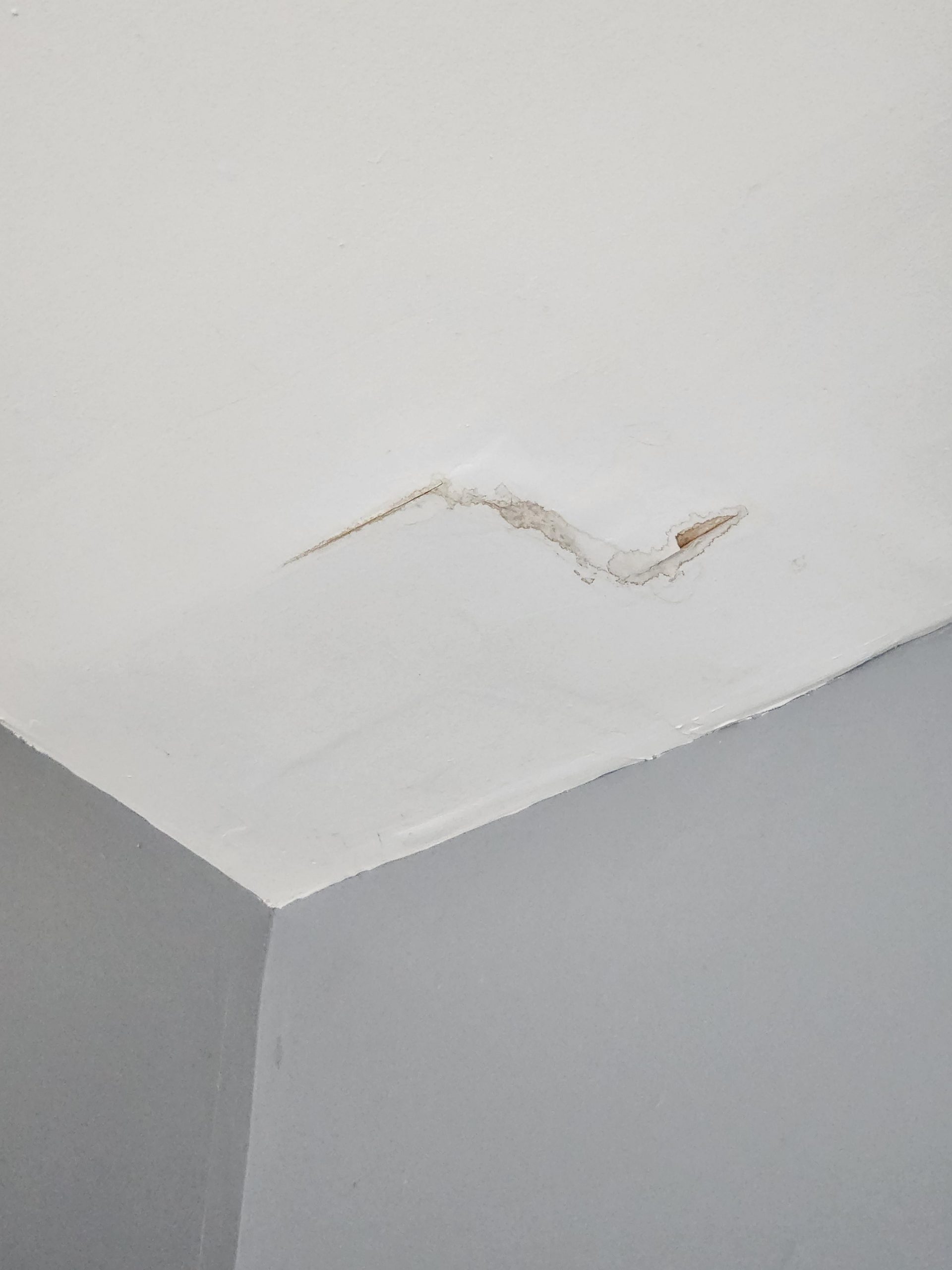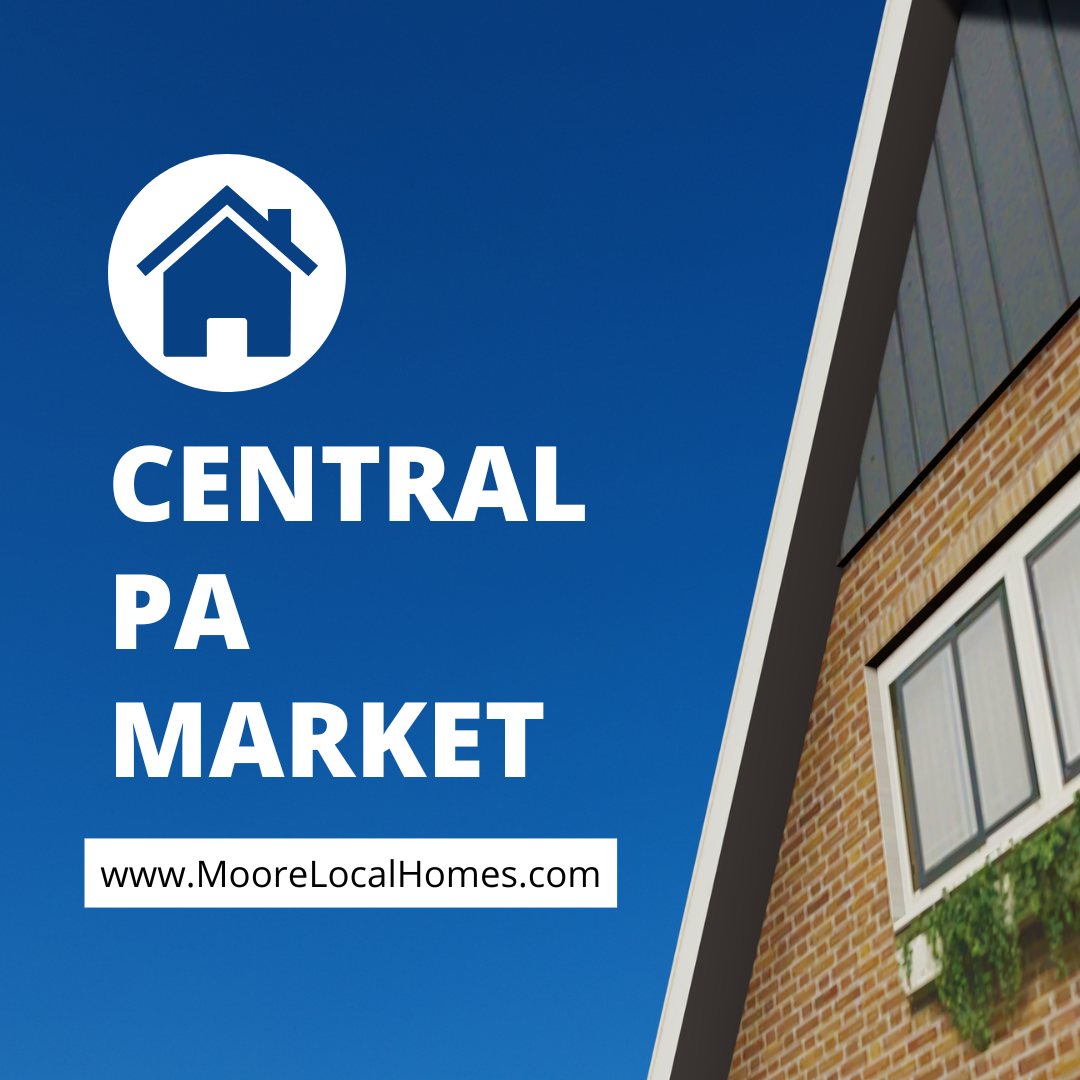Here’s a look at what’s happening in the 2024 housing market and what we can expect moving forward.
1. Interest Rates Stabilizing (But Still High)
One of the biggest challenges facing the housing market in 2024 is the continued impact of high interest rates. The Federal Reserve’s series of interest rate hikes starting in 2022 were aimed at curbing inflation, but they also led to more expensive mortgage rates, pricing many would-be buyers out of the market.
While rates are expected to stabilize this year, they will likely remain high compared to pre-pandemic levels. The average mortgage rate hovers around 7% as of early 2024, which is significantly higher than the sub-3% rates seen in 2020 and 2021. As a result, monthly mortgage payments are steep, which continues to cool demand for home purchases, especially among first-time buyers.
However, for buyers with strong financial footing, this could be an opportunity to negotiate better terms or find properties at slightly lower prices, as sellers may be more willing to negotiate in a softer market.
2. Home Prices Show Regional Disparities
Nationally, home prices have cooled somewhat from the extreme highs seen in 2021 and 2022, but the picture varies significantly depending on the region. The sharpest declines have been seen in overheated markets such as California, Colorado, and parts of the Pacific Northwest. In these areas, the affordability crisis has made it challenging for new buyers to enter the market, forcing prices to correct downward.
On the flip side, markets in the Sun Belt, including Texas, Florida, and Arizona, are still seeing strong demand. Driven by a combination of relatively affordable housing, lower taxes, and warmer climates, these states continue to attract homebuyers from other parts of the country. Home prices in these areas are either holding steady or rising modestly, reflecting the sustained interest from both domestic buyers and international investors.
3. Inventory Remains Tight
One of the defining features of the housing market in 2024 is the persistent shortage of available homes. Inventory remains low for several reasons. Many current homeowners, having locked in historically low mortgage rates, are reluctant to sell and face higher rates on new mortgages. Additionally, new construction has slowed due to higher labor and material costs, as well as regulatory hurdles in many states.
This lack of available homes is keeping prices from dropping significantly, even in regions where demand has softened. Homebuyers are having to adjust their expectations, with many turning to smaller properties, fixer-uppers, or even renting as a short-term solution while waiting for better buying opportunities.
4. The Rise of Build-to-Rent Communities
As housing affordability continues to be a challenge, build-to-rent (BTR) communities are becoming more popular in 2024. These communities, designed specifically for renters rather than buyers, offer the benefits of single-family living without the need to purchase a home. Companies are developing entire neighborhoods with amenities such as pools, fitness centers, and green spaces—targeted at millennials and young families who prefer renting to the financial burden of buying.
BTR properties are particularly attractive to institutional investors, who see this sector as a way to generate steady income streams in a market where many are priced out of homeownership. Expect to see more of these communities emerge, particularly in suburban areas where land is more available and affordable.
5. Housing Policy and Government Interventions
In response to affordability challenges, many state and local governments are introducing policies to address housing shortages and make homeownership more accessible. Measures such as property tax relief, subsidies for first-time buyers, and zoning reforms aimed at increasing housing density are being explored in cities like New York, San Francisco, and Seattle.
At the federal level, there are discussions about expanding affordable housing programs, though political gridlock may slow the progress of meaningful reforms. Additionally, there’s growing interest in addressing housing inequities, with programs focused on increasing minority homeownership and closing the racial wealth gap in housing.
6. Green and Sustainable Housing on the Rise
Another trend shaping the 2024 housing market is the increasing demand for sustainable, energy-efficient homes. With growing awareness of climate change and rising energy costs, more buyers are seeking out properties that boast eco-friendly features, such as solar panels, energy-efficient appliances, and smart home technology that can lower utility bills.
Developers are also paying attention, with many new homes being built to meet green certification standards, like LEED or Energy Star ratings. This focus on sustainability not only appeals to environmentally conscious buyers but can also provide long-term cost savings, making these properties attractive investments.
7. The Role of Technology
The integration of technology in the housing sector has accelerated in recent years, and 2024 is no exception. Virtual home tours, digital closings, and AI-powered property search platforms are making the homebuying process more efficient and accessible. Real estate agents are increasingly using advanced data analytics to predict market trends and guide their clients toward better deals.
For buyers and sellers alike, technology is removing some of the traditional friction points in real estate transactions, allowing for faster, more transparent, and more convenient processes.
Conclusion: A Mixed Outlook for 2024
The 2024 housing market presents a mixed bag of opportunities and challenges. High interest rates and low inventory continue to pose significant hurdles, especially for first-time buyers. However, opportunities still exist in various regional markets, and new trends like build-to-rent communities and sustainable housing are shaping the future of real estate.
For investors, understanding these shifts and staying informed about regional trends will be key to navigating this year’s housing landscape. Whether you’re buying, selling, or renting, 2024 is a year where strategic decision-making will be critical in capitalizing on the opportunities that do exist in a challenging market.

 Facebook
Facebook
 X
X
 Pinterest
Pinterest
 Copy Link
Copy Link









